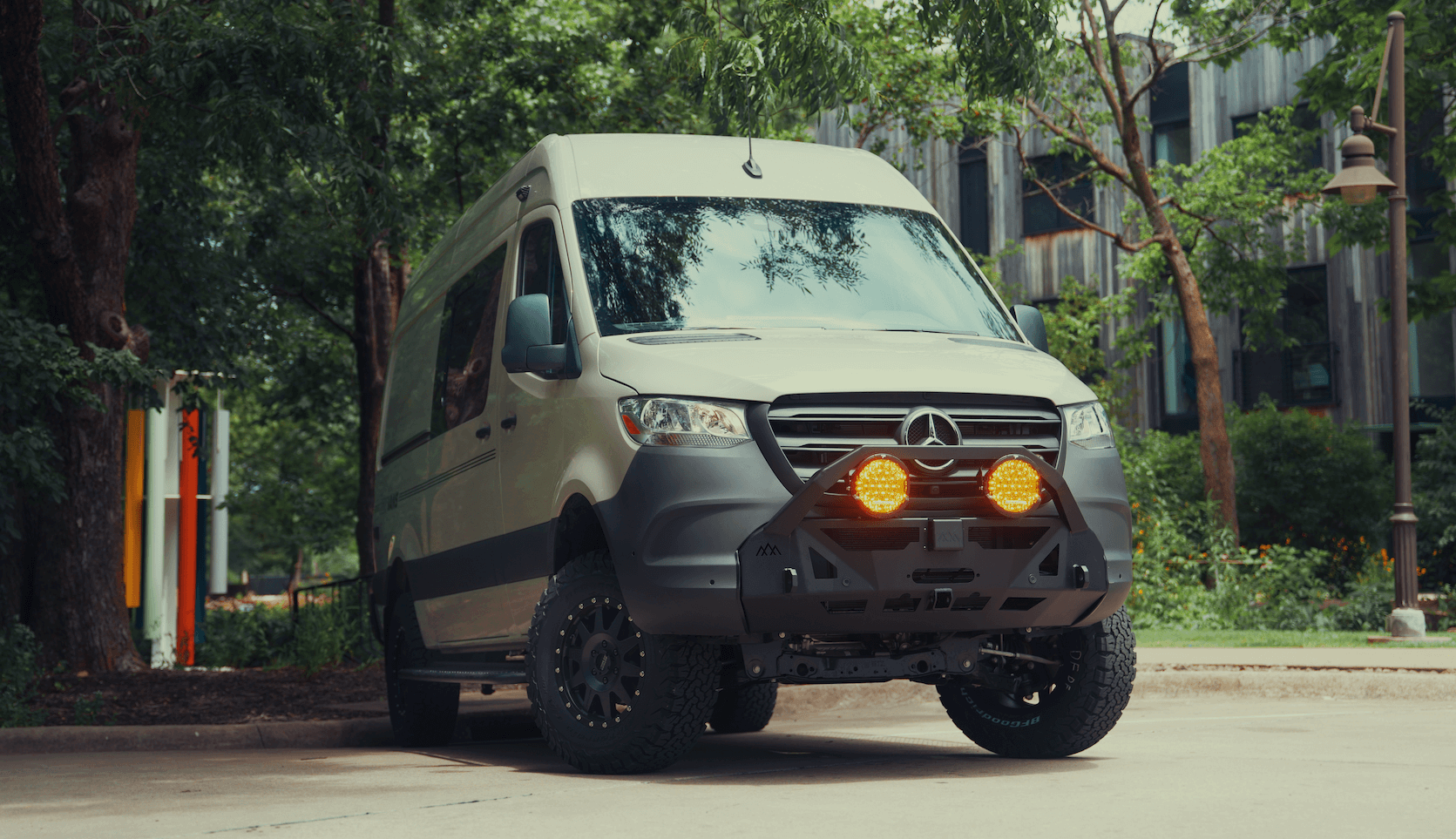Recreational Vans

A propane fire pit delivers fuel from a portable cylinder through a regulator and hose to a burner ring. The burner distributes gas through small ports where it mixes with air and ignites, creating an even flame pattern. Lava rock or ceramic media spreads heat, protects the burner, and shapes the flame. Because propane combustion is clean when properly adjusted, you get warmth with far less smoke than a wood fire and no embers that drift in the wind.
Stainless steel burners resist corrosion and handle repeated heating and cooling. Round rings produce a campfire look while linear bars suit table features. Lava rock is light, affordable, and durable, while ceramic logs or stones add a natural look and hold heat longer. Keep media arranged so it does not block burner ports to maintain a stable flame.
Common portable fire pits range from about 35k to 70k BTU. Higher BTU creates more warmth and taller flame but burns fuel faster. A 20 pound cylinder holds roughly 430k BTU of energy. At 50k BTU on full flame, expect about 8 to 9 hours of run time. Most users run at partial valve settings, which can double usable hours.
Follow the manufacturer limits for vertical and side clearances to combustibles. Many portable pits require open air above and several feet of space from walls, furniture, or dry brush. Use on a stable, non combustible surface. Never operate in enclosed spaces or inside vehicles due to carbon monoxide risk.
Pick a pit based on your climate, group size, and how you travel. Campground bans on wood fires during burn restrictions often still allow propane pits because they have an instant shutoff and no ash. Wind exposure, table height, and storage space all influence the best shape and size.
Portable pits pack into a tote or hard case for easy transport and are ideal for camping or small patios. Built in systems live in a permanent table or stone surround and use a fixed gas line. For travel, weight matters. Look for models under 25 pounds with a nesting lid and a compact hose to save space.
Manual match light is simple and reliable. Piezo and battery spark igniters add convenience, while electronic systems can integrate timers and flame sensors. A good control valve lets you fine tune the flame for heat, ambiance, and fuel savings. If you camp at elevation, choose a burner rated for thinner air to avoid sooty flames.
A clear wind guard keeps the flame stable on breezy nights. A snug lid protects the media during transport and keeps dust out. Quick connect fittings make setup fast, and an inline gauge shows remaining cylinder pressure so you do not run out mid s’more session.
Safe operation starts with correct pressure. Most portable pits use a low pressure regulator near 11 inches water column. Check the manual and avoid mixing mismatched hoses and regulators. Perform a bubble test on every connection after transport by brushing soapy water on fittings and watching for bubbles.
A 20 pound cylinder balances capacity and portability for most campers. Cold weather reduces vapor output, so in winter keep the cylinder off frozen ground and out of wind. Secure cylinders upright during travel and store away from heat sources. Use caps and plugs to protect threads and keep fittings clean.
Operate outdoors in open air only. Even with a clean burning flame, incomplete combustion can create carbon monoxide, especially if airflow is restricted. Keep distance from tent walls, awnings, and van doors, and never sleep with a fire pit running.
Once cool, brush away soot and dust from media and burner ports. Inspect hoses for cracks and regulators for damage. Cover the pit between uses to prevent moisture from corroding components. Replace media that is cracked or breaking down to maintain even flame distribution.
For campers and road trippers, a propane fire pit offers instant warmth without hauling firewood or worrying about sparks. It keeps clothes from smelling like smoke, and it is often allowed during seasonal burn bans because the flame shuts off at the valve. Pair it with compact chairs and a small side table to create a reliable evening hangout wherever you park. If you travel with kids or pets, the predictable flame pattern is easier to manage than popping logs, and extinguishing is as simple as closing the valve.
OZK Customs designs rigs that make nights like these simple. Smart gear bays, secure mount points, and thoughtful cargo layouts keep your pit, cylinder, and cooking kit organized, quiet, and easy to access. If you want a van that doubles as a faithful basecamp, explore our Recreational vans, plan a tailored interior with a Custom van build, or browse Mainstream vans that finance to get on the road faster.
Picture your favorite trailhead, the sky going violet, and a clean flame warming the circle while dinner simmers. If that sounds like your kind of evening, let us map the storage and systems that make setup effortless. Tell us how you travel, and we will shape a van that carries the right heat, the right gear, and the right feel every mile.
Ready to dial in outdoor heat without smoke or hassle? OZK Customs builds travel ready vans and overland rigs with smart storage, secure mounts, and power systems that simplify camp life. Tell us how you roll, and we will design an elegant solution for your fire pit, cylinders, and campsite gear. Start your custom plan today and leave with a rig that feels like a backyard you can drive.
ADDRESS:
6159 E Huntsville Rd, Fayetteville, AR 72701
PHONE:
(479) 326-9200
EMAIL:
info@ozkvans.com